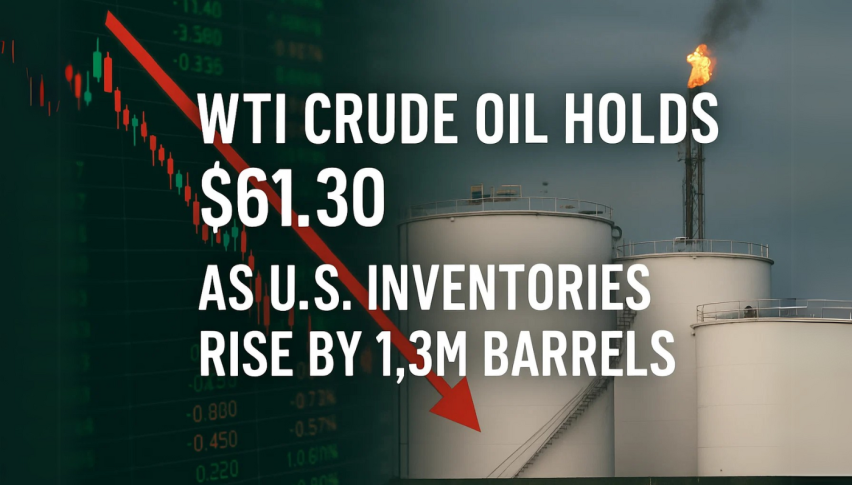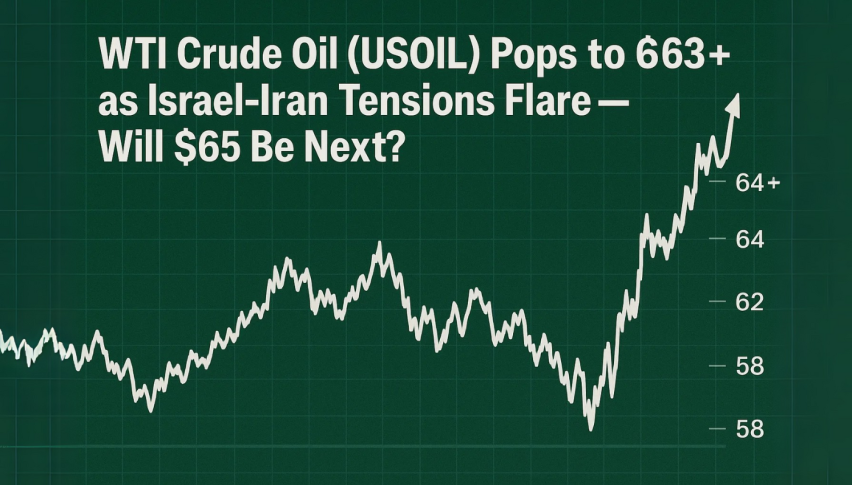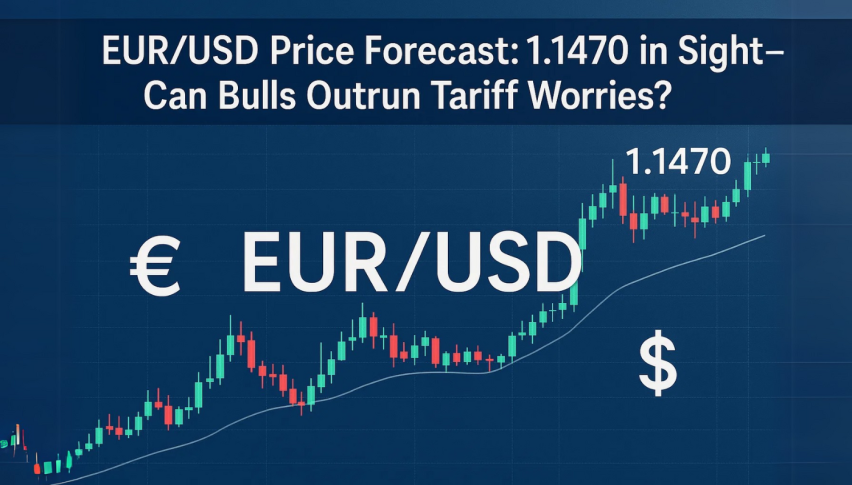WTI Crude Oil Soars Over $ 48 – A Quick Fundamental Outlook
During Thursday's Asian trading session, the [[WTI]] crude oil prices managed to stop its previous day bearish streak and refreshed the nine
During Thursday’s Asian trading session, the WTI Crude Oil prices managed to stop their bearish streak of the previous day, refreshing the nine-month high around the $ 48.00 mark, mainly after government data showed a fall in US crude stockpiles last week, which decreased the fears of oversupply and contributed to the gains in crude oil.
Apart from this, the progress towards a US fiscal stimulus deal and strong Asian demand also played a major role in underpinning the crude oil prices. Furthermore, the black gold prices were also buoyed by the optimism over the rollout of vaccines for the highly infectious coronavirus. Meanwhile, the bearish bias of the broad-based US dollar was also seen as one of the key factors that kept the crude oil prices higher, as the price of oil is inversely related to the price of the US dollar. In contrast, the intensifying concerns over the escalation of the COVID-19 pandemic in the US and Europe have become a key factor that has kept a lid on any additional gains in the crude oil prices. At the moment, WTI Crude Oil is trading at 48.36, and consolidating in the range between 47.81 and 48.43.
On the data front, the crude oil inventory data released by the US Energy Information Administration (EIA) showed a draw of 3.135 million barrels for the week ending Dec. 11. This was larger than the predicted 1.937-million-barrel draw and the 15.189-million-barrel build seen in the previous week.
As a result, the broad-based US dollar failed to gain any positive traction, edging lower on the day as doubts persisted over the global economic recovery from COVID-19. Besides this, the risk-on market sentiment also played a major role in undermining the safe-haven US dollar. However, the losses in the greenback have become a key factor that has kept a lid on additional losses in the crude oil prices, as the price of oil is inversely related to the price of the US dollar. By 9:12 PM ET (2:12 AM GMT), the US Dollar Index, which tracks the greenback against a basket of other currencies, had dropped by 0.04%, to 90.102.
Moreover, the gains in the crude oil prices were further bolstered by the latest reports from Edward Moya, senior market analyst, suggesting that the last full trading week of the year has been very bullish for crude oil prices, as energy traders concentrate more on the light at the end of the COVID tunnel, and as Asian demand remains strong.
On the bearish side, the gains in the crude oil prices were slightly capped by the intensifying doubts over the global economic recovery, in the wake of intensifying coronavirus (COVID-19) worries in the US and Europe. The numbers of COVID-19 cases are still not showing any sign of slowing down, especially in the US and Europe, which has caused some European countries, to impose restrictive measures, such as lockdowns and curfews.
Moving on, market traders will keep their eyes on the Australian Employment Change data and the UK Monetary Policy Summary. In the meantime, the risk catalysts, like geopolitics and the virus woes, not to forget the Brexit, will also be key to watch for fresh direction. Good luck!
- Check out our free forex signals
- Follow the top economic events on FX Leaders economic calendar
- Trade better, discover more Forex Trading Strategies
- Open a FREE Trading Account



